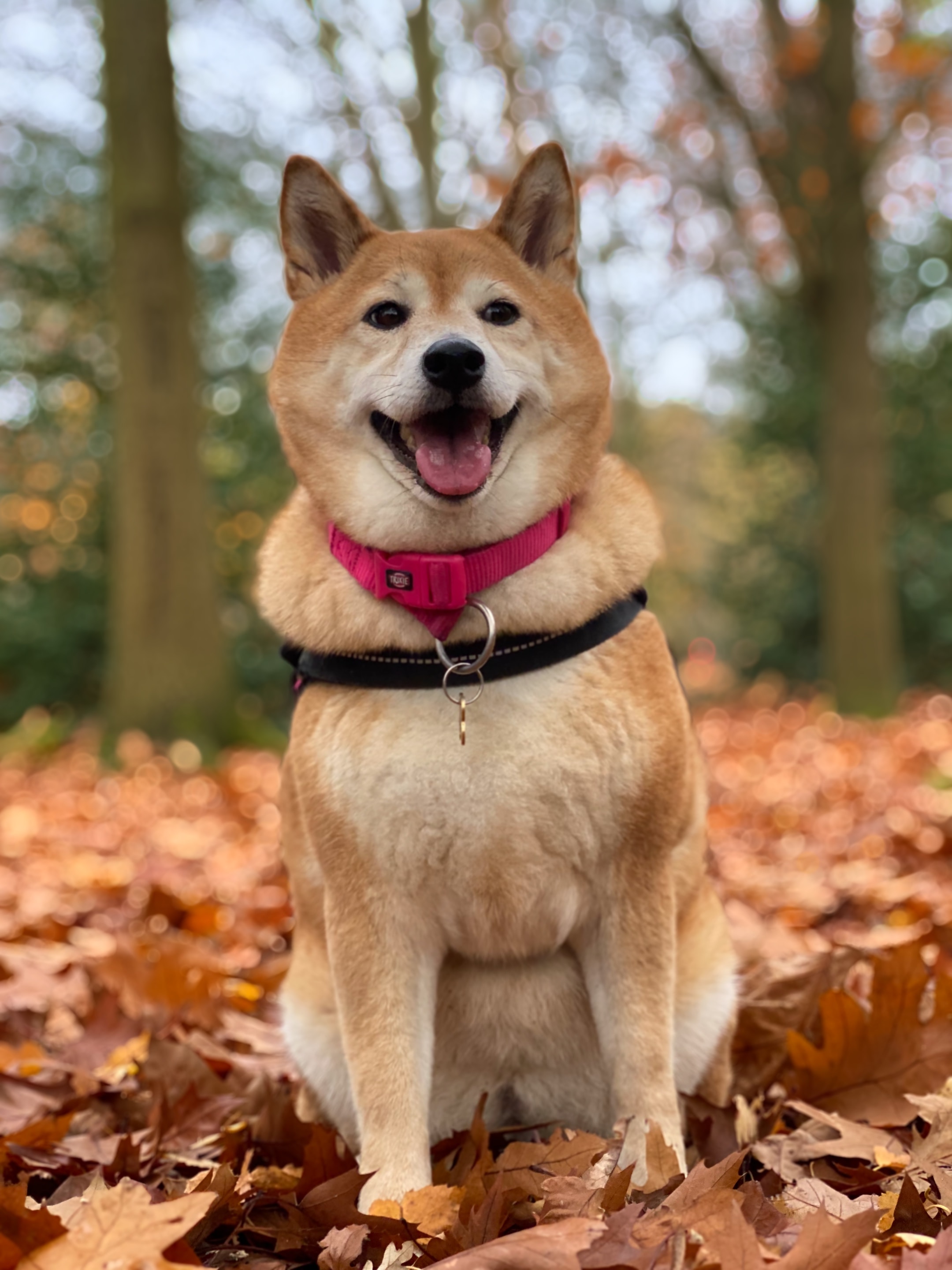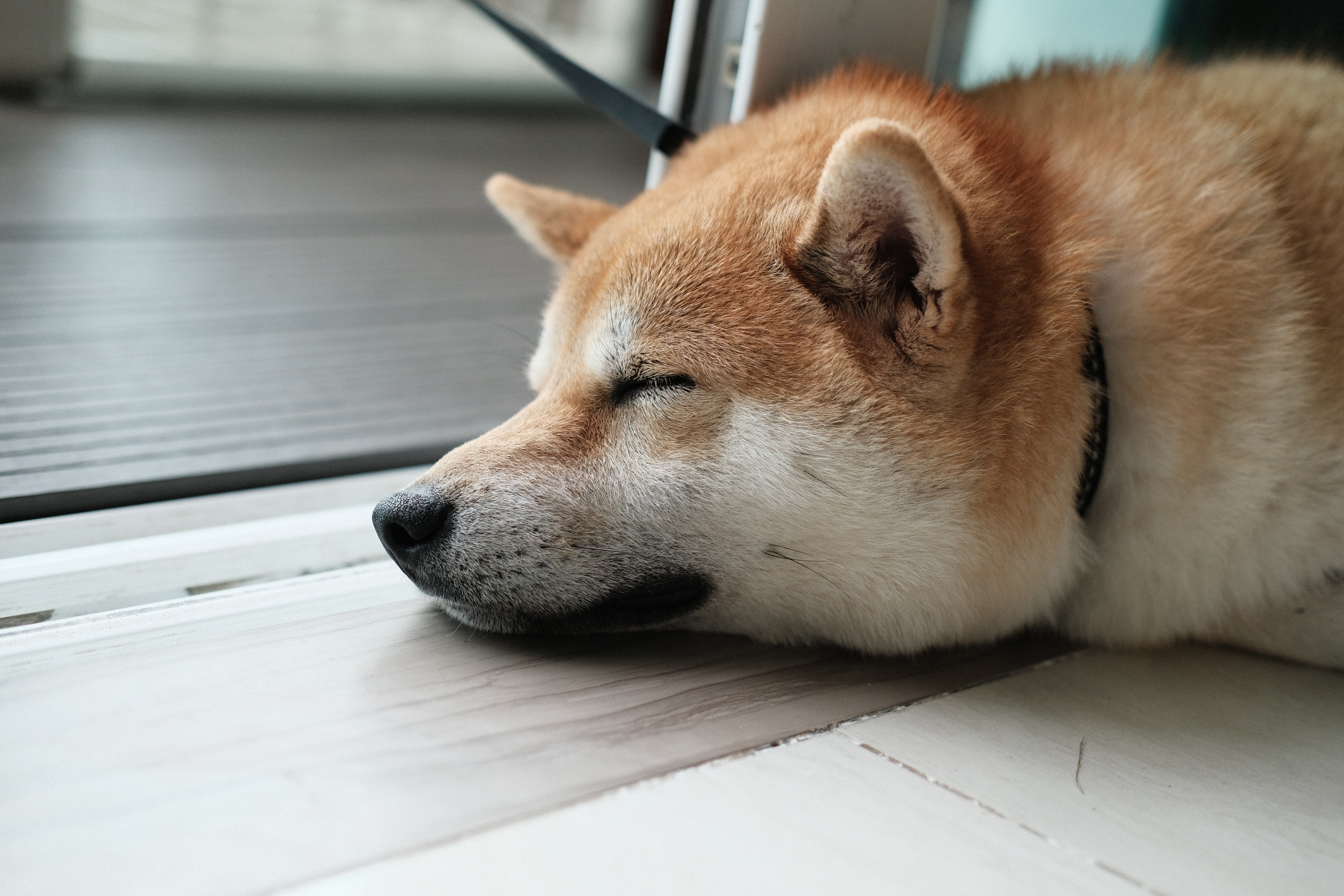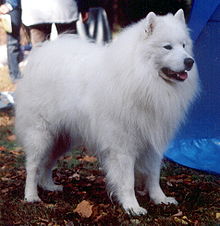
The Shiba Inu, a compact and agile breed, proudly stands as Japan’s most beloved and ancient canine companion. Recognizable by its fox-like face, erect ears, and curled tail, the Shiba exudes an air of independence and intelligence. Cloaked in a thick double coat that can vary from red, black and tan, to sesame, this spirited breed is as adaptable as it is enigmatic, seamlessly transitioning from urban dwelling to nature escapades. While the Shiba Inu possesses a bold and confident demeanor, it often forms deep, loyal bonds with its family, albeit on its own terms.
The Shiba Inu is a member of the AKC Non-Sporting Group.
Breed Characteristics
| Dog Breed | Shiba Inu |
| Breed Popularity (AKC) | 43 |
| Country of Origin | Japan |
| Personality | Reserved with Strangers |
| Life Expectancy | 13-16 yrs |
| Height | 14-17 in |
| Weight | 17-23 lbs |
| Color | Black & Tan, Cream, Red, Sesame |
| Coat | short, double coat |
| Shedding | Seasonal |
| Grooming | Weekly Brushing |
| Health Problems | Potential food allergies |
| Trainability | Independent |
| Exercise Needs | Regular Exercise |
Shiba Inu History
The Shiba Inu is an ancient breed that originates from Japan, dating back to 300 B.C. Bred primarily for hunting small game in mountainous regions, it’s the smallest native Japanese dog breed. ‘Shiba’ means ‘brushwood’, possibly referring to the terrain or the traditional reddish color of the breed. Despite being nearly extinct after World War II, dedicated breeding brought them back and made them one of the most popular breeds in Japan today.
Temperament
Shiba Inus are spirited and confident. They possess a unique personality, often described as cat-like due to their independent nature. While intelligent, their stubbornness can pose challenges during training sessions. Their behavior can be reserved, especially towards strangers, and early socialization is crucial. They have a moderate energy level and can be quite playful. Barking tendencies are moderate, and they are known for their distinct vocalizations. They can be somewhat territorial but are generally non-aggressive.
Remember, while breed traits provide a general idea, individual dogs can have personalities that differ from the breed standard. Always spend time getting to know the dog and ensure their needs and temperament align with your lifestyle.
Grooming Requirements
Shiba Inus sport a double coat that requires regular brushing, especially during shedding seasons. Using a dog shampoo during their occasional bathing routine helps in maintaining coat health. Regular grooming activities like nail trimming and ear checks should not be overlooked.
Shiba Inu Health
Shiba Inus have a life expectancy of 13-16 years and are generally hearty. Essential health routines include regular vaccination, flea prevention, and deworming. They may be prone to allergies and should be given a diet rich in nutrition, encompassing quality dog food and treats. Neutering or spaying is often recommended to prevent unwanted litters.
Exercise Needs
Shiba Inus are spirited and alert dogs. They enjoy regular walks, fetch games, and agility exercises. Playtime at the dog park can offer both exercise and socialization, but their independent nature means monitoring is essential. Regular bonding sessions through structured activities cater to their intelligent and curious demeanor.
Training
Shiba Inus, with their spirited and independent nature, need consistent obedience training. Clear commands make potty training straightforward, and crate training serves as a safe haven. Addressing behavior problems, especially related to their strong-willed temperament, is key. Socialization from a young age helps counteract their reserved nature and promotes well-rounded behavior.
Shiba Inu Pictures



Related Dog Breeds
More Dog Resources
Are you thinking about getting a puppy? Make sure to check out our list of important questions to ask before you adopt a puppy.
We also have many resources to help, from naming your puppy to socialization resources and training tips.
Take me back to the Ultimate Guide to Dog Breeds



